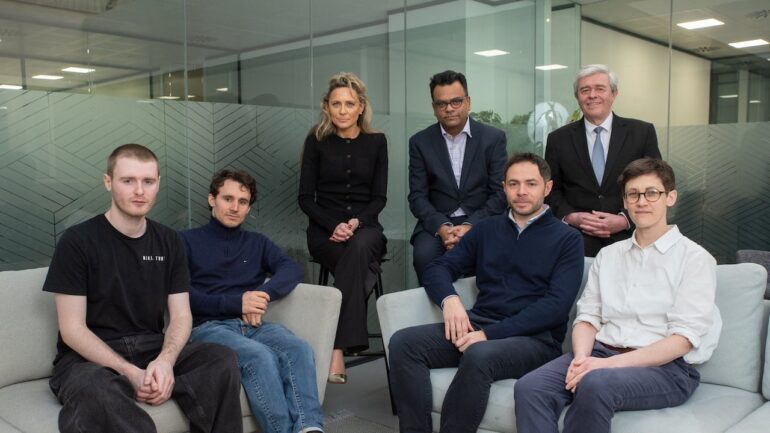- Stanhope AI, a neuroscience-driven startup, raises £2.3 million for AI development.
- Funding is led by UCL Tech Fund, Moonfire Ventures, Rockmount Capital, and angel investors.
- Stanhope’s technology integrates neuroscience principles for human-like AI, bypassing traditional data processing methods.
- The investment signifies confidence in addressing AI challenges such as perceptual distortion, adaptability limitations, and energy consumption.
- Testing is underway with delivery drones utilizing ‘active inference’ for obstacle detection.
- Plans for outdoor demos in complex environments during summer.
- Funds allocated for further research and practical applications, aiming to enhance ‘agentic’ models.
Main AI News:
In a move to advance the landscape of ‘human-like’ AI, Stanhope, a neuroscience-driven AI startup, has successfully raised £2.3 million. This funding injection marks a significant step forward in the development of AI technologies that emulate the information-gathering mechanisms of the human brain. The funding round was spearheaded by the UCL Tech Fund in collaboration with Moonfire Ventures, Rockmount Capital, and a consortium of angel investors, underlining the industry’s confidence in Stanhope’s pioneering approach.
At the core of Stanhope’s innovation lies a fusion of academic rigor and commercial acumen, driven by a formidable founding team comprising AI and Neurology experts Rosalyn Moran and Karl Friston, alongside the seasoned finance professional Dr. Biswa Sengupta, previously associated with JP Morgan Chase. Leveraging the groundbreaking Free Energy Principle pioneered by Professor Friston, Stanhope’s technology delves into understanding how the human brain anticipates and navigates its surroundings, bypassing the need to sift through voluminous sensory data. This strategic investment signifies a resounding endorsement of integrating neuroscience principles to tackle critical challenges faced by AI enterprises, including issues related to perceptual distortion, adaptability limitations in diverse environments, and energy consumption constraints pervasive across sectors.
Currently, Stanhope is in the throes of testing its innovative solutions through delivery drones equipped with ‘active inference’ capabilities, enabling them to discern obstacles through real-time analysis of sensor inputs rather than conventional reliance on maps or GPS. These drones, along with other ‘autonomous’ machines, have already found practical utility within Germany’s Federal Agency for Disruptive Innovation and the Royal Navy. As part of its developmental roadmap, Stanhope is conducting rigorous indoor trials, with plans underway for outdoor demonstrations in more complex environments during the upcoming summer months. The infusion of capital will fuel further research endeavors aimed at enhancing its ‘agentic’ models and scaling up practical implementations across various domains.
David Grimm, Partner at UCL Technology Fund, expressed enthusiasm about the strategic significance of Stanhope’s endeavors, highlighting the scarcity of AI startups that match the caliber and profound scientific expertise demonstrated by the Stanhope AI team. Grimm emphasized the unparalleled synergy between neuroscience insights and advanced AI techniques, characterizing it as a transformative force poised to address some of the most daunting challenges confronting the AI landscape today. Anticipation runs high as stakeholders eagerly await the next breakthroughs from this visionary team.
Conclusion:
Stanhope’s successful funding round underscores a growing recognition of the transformative potential of neuroscience-driven AI solutions in tackling persistent challenges across industries. This infusion of capital not only propels Stanhope’s innovative endeavors but also signifies a broader market trend towards investing in cutting-edge AI technologies that bridge the gap between human cognition and artificial intelligence, promising significant advancements in the AI landscape.

